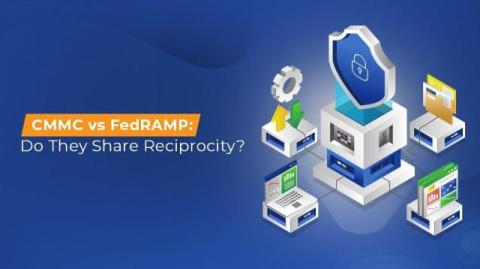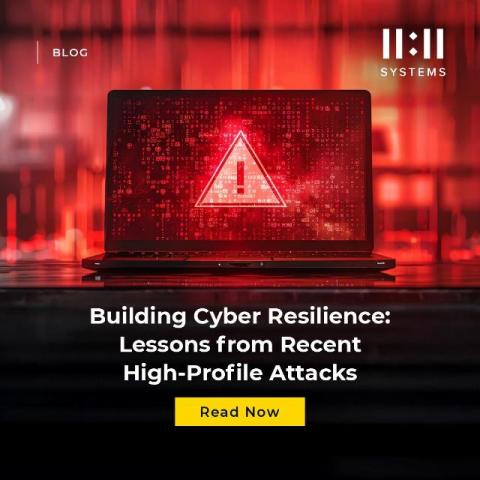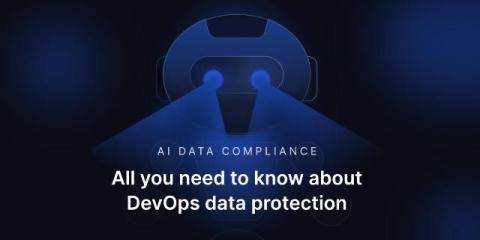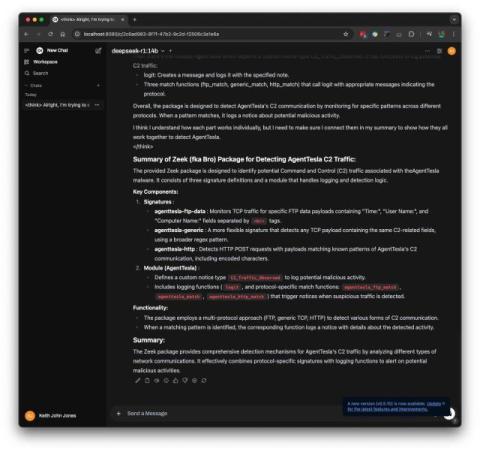The Role of DevSecOps in Modern Software Development
In today's fast-paced digital world, security threats are becoming more sophisticated, requiring businesses to integrate robust security measures into their software development lifecycle. Traditional development approaches often treat security as an afterthought, leading to vulnerabilities that can be costly to fix. This is where DevSecOps comes into play-an approach that embeds security into the DevOps pipeline from the start, ensuring that security is a core component rather than an add-on.











